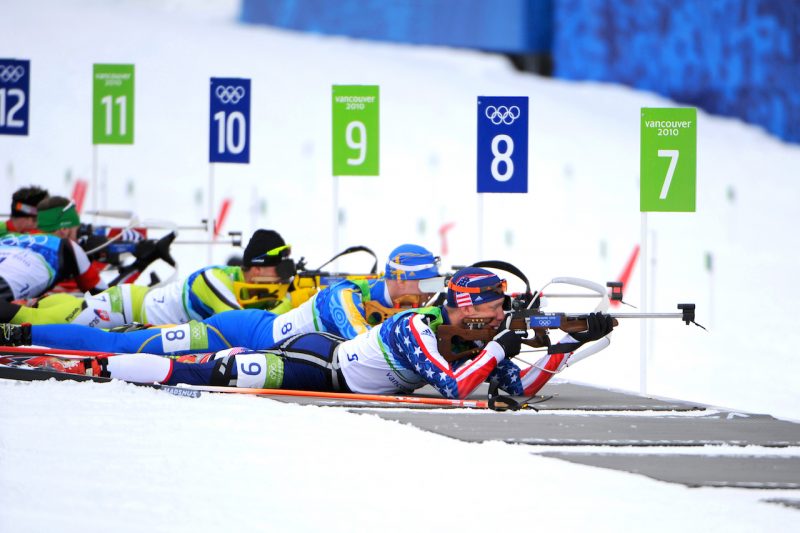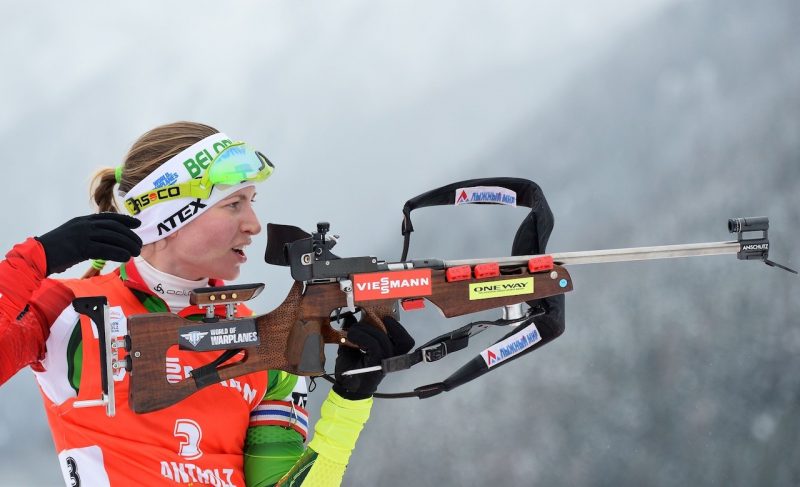Olympic Biathlon
In the spirit of the 2018 Olympics in PyeongChang, South Korea, we thought you might like to get an idea of the difficulty of the marksmanship portion of Biathlon.
Biathlon is a winter sport that combines cross-country skiing with target shooting. The sport of biathlon originates in Norway, where it was used as military training. One of the world’s first known ski clubs, Trysil Rifle and Ski Club, was organized in Norway in 1861 to promote national defense at the local level.
Biathlon was contested at the 1924 Winter Olympics but was only demonstrated at a subsequent three Olympics until the 1960 Winter Olympics at Squaw Valley, California when it finally gained sufficient popularity to be permanently included. Women first competed in biathlon in 1992 at the Albertville, France Winter Olympics.
Before 1978, biathlon competition used high-power centerfire cartridges such as 30-06 Springfield or 7.62x51mm NATO. After 1978, competition standardized on .22 Long Rifle rimfire cartridge.
The shooting portion of biathlon uses four separate ranges originally with target distances of 100m, 150m, 200m and 250m. In 1966, the target distance was reduced to 150m and then in 1978 was reduced further to the current 50m. The competitor shoots prone on two of the ranges and standing on the other two. For the prone portions, the target diameter is 45mm (~1.8in) while the target is 115mm (~4.5in) for the standing portions. Each of the four ranges consists of 5 identical circular targets.
So just how big are those targets? We have created two PDF targets for you:
- scaled for use at 10m (about 11 yards)
- scaled for use at 50m (about 55 yards)
Print these out at 100% scale factor, “actual size” or “no scaling”, post ’em up at your local range and see if you can make hits! Bonus points for doing this in sub-freezing temperatures and/or adding some strenuous exercise immediately before shooting to better simulate an actual biathlon.



You must be logged in to post a comment.